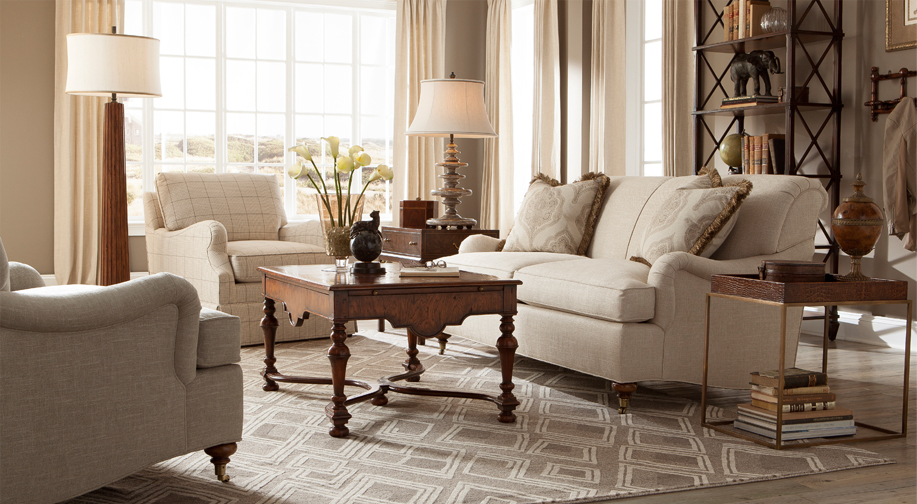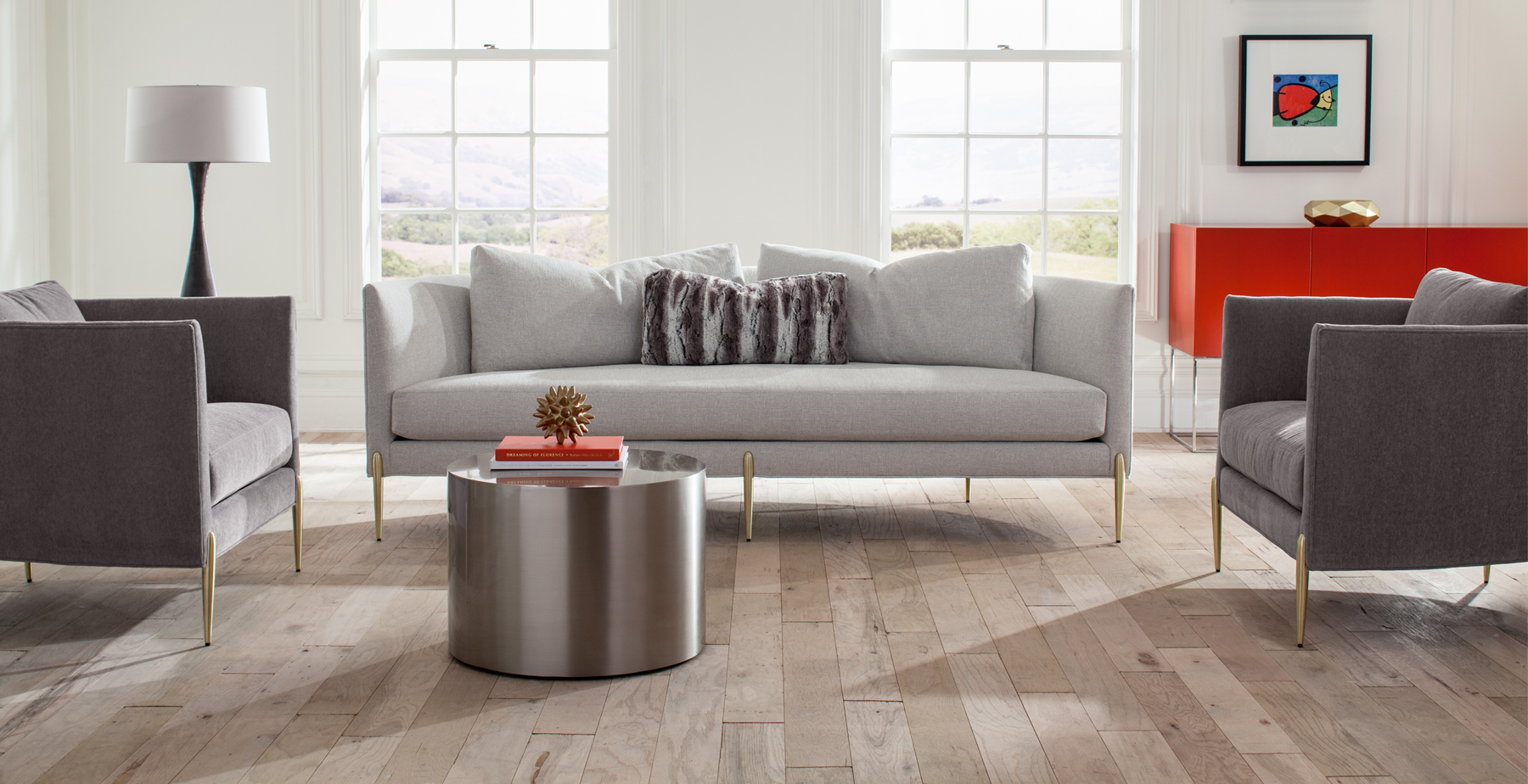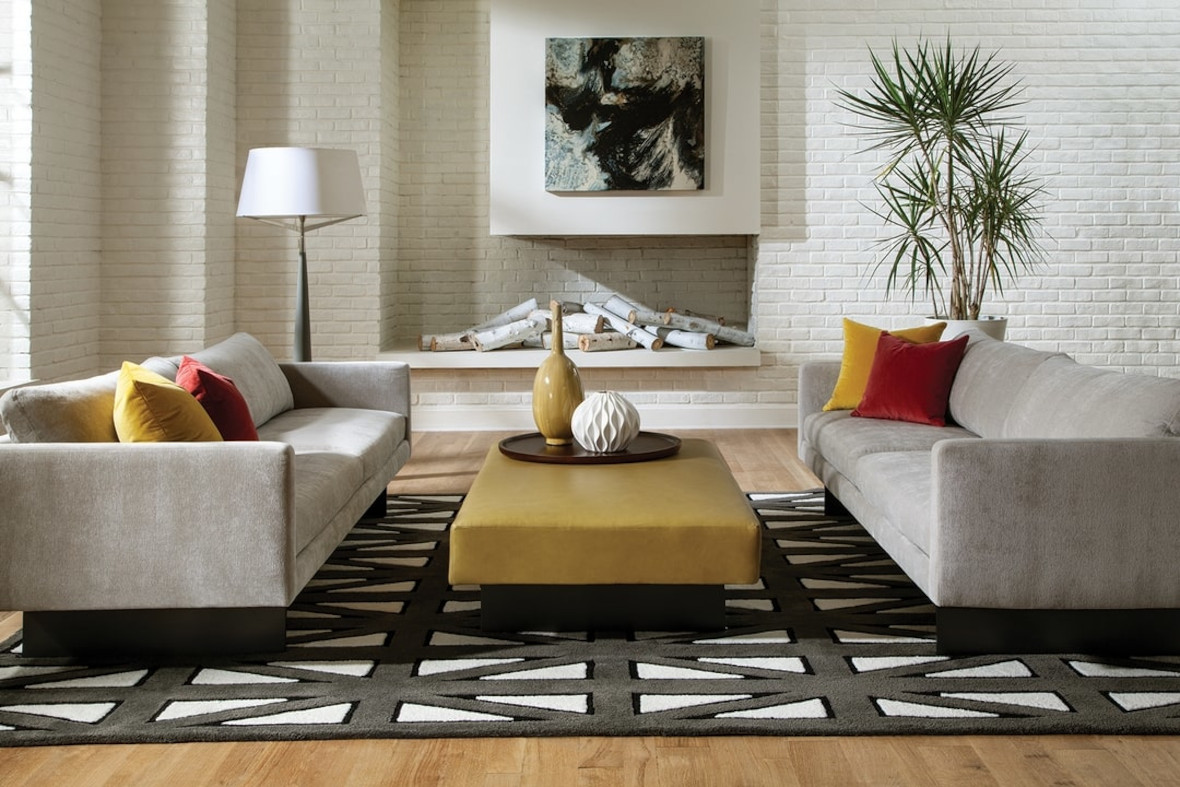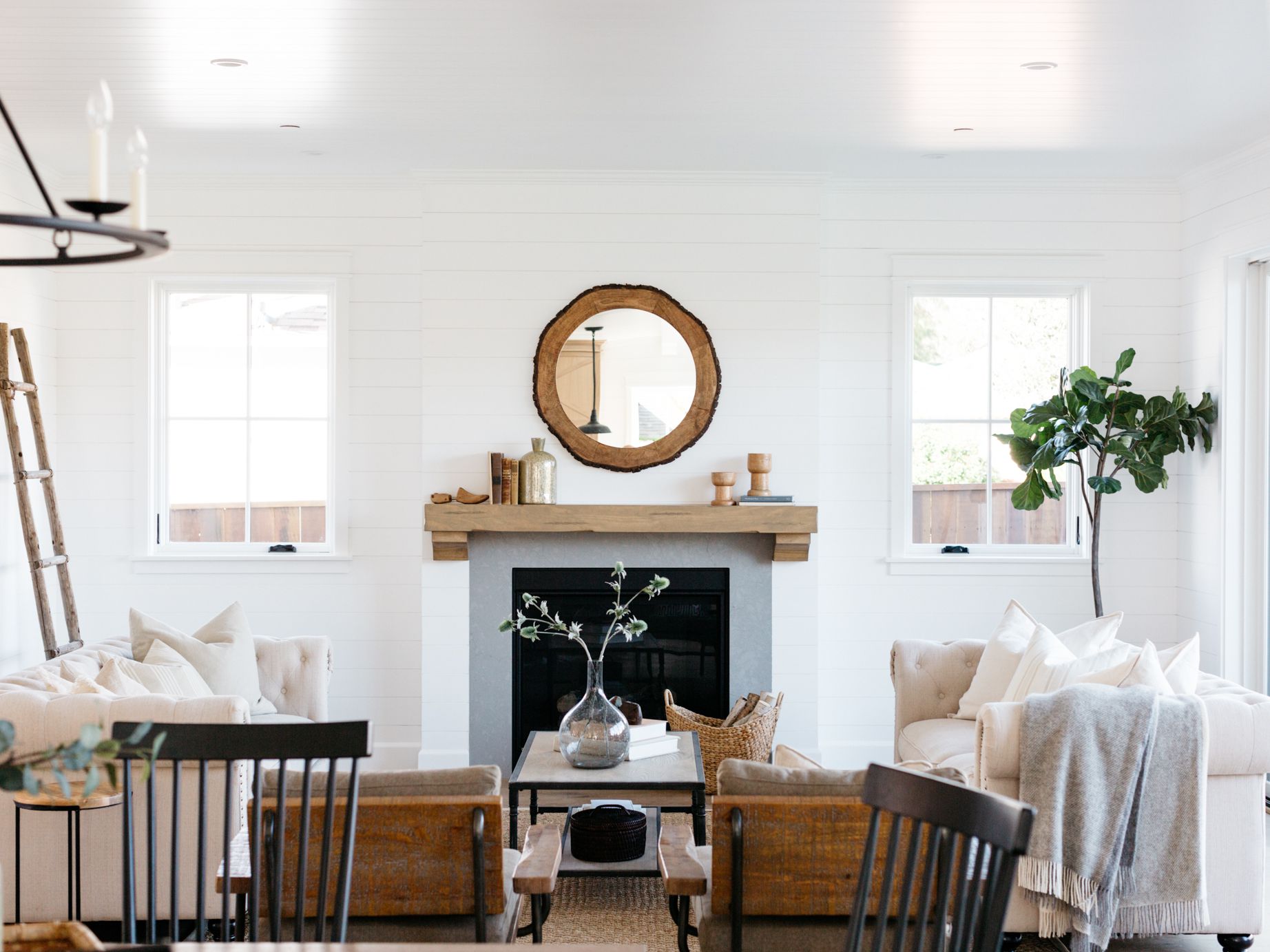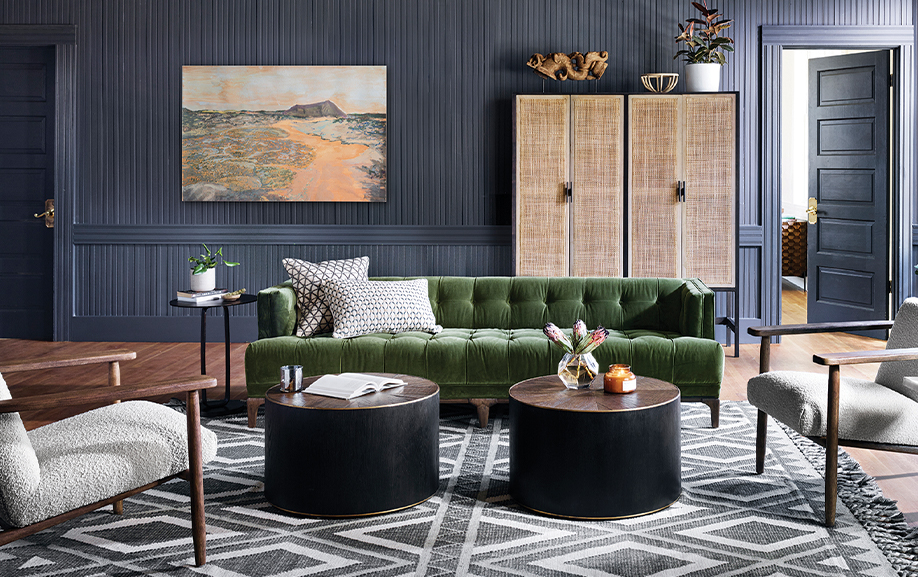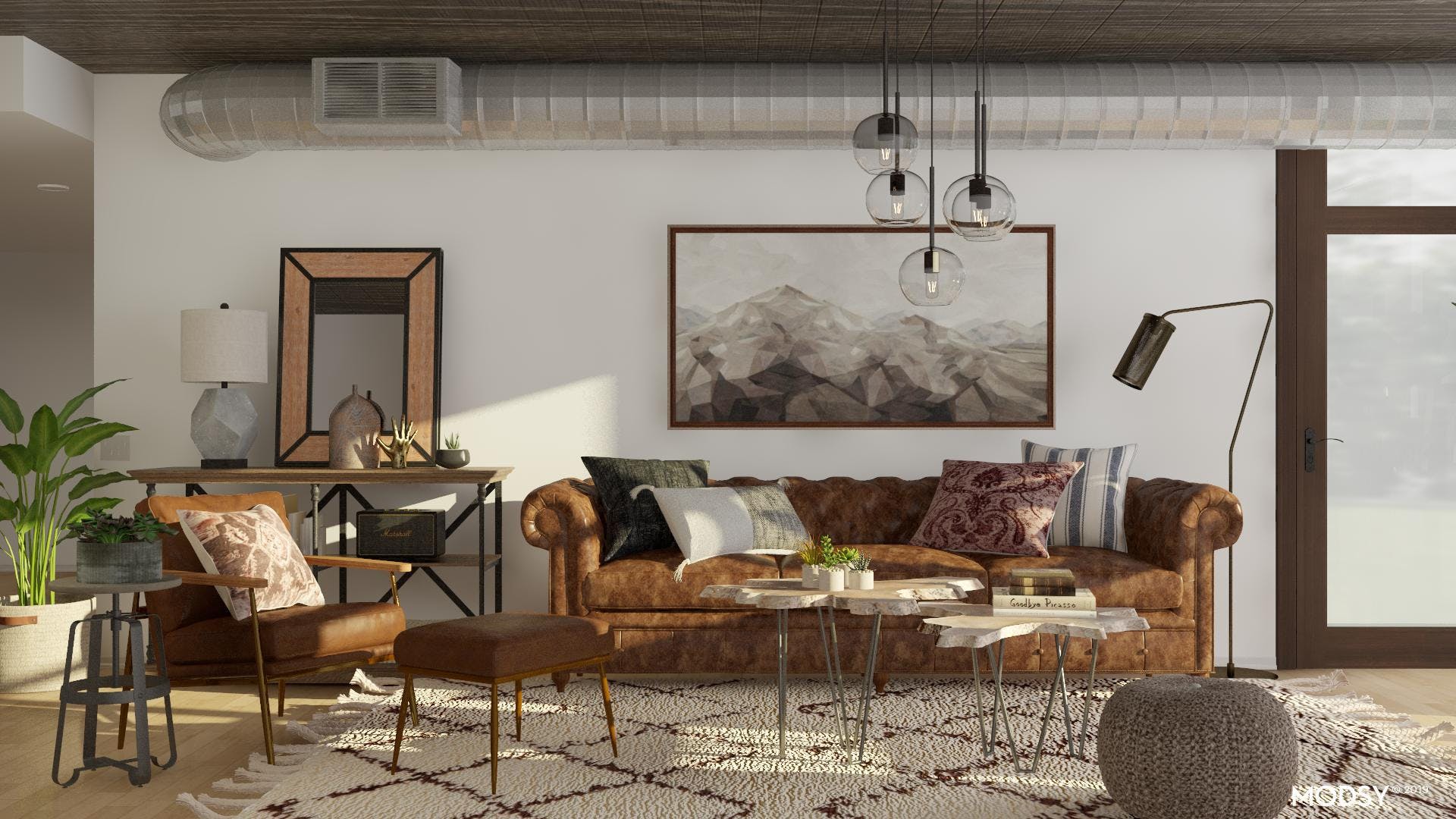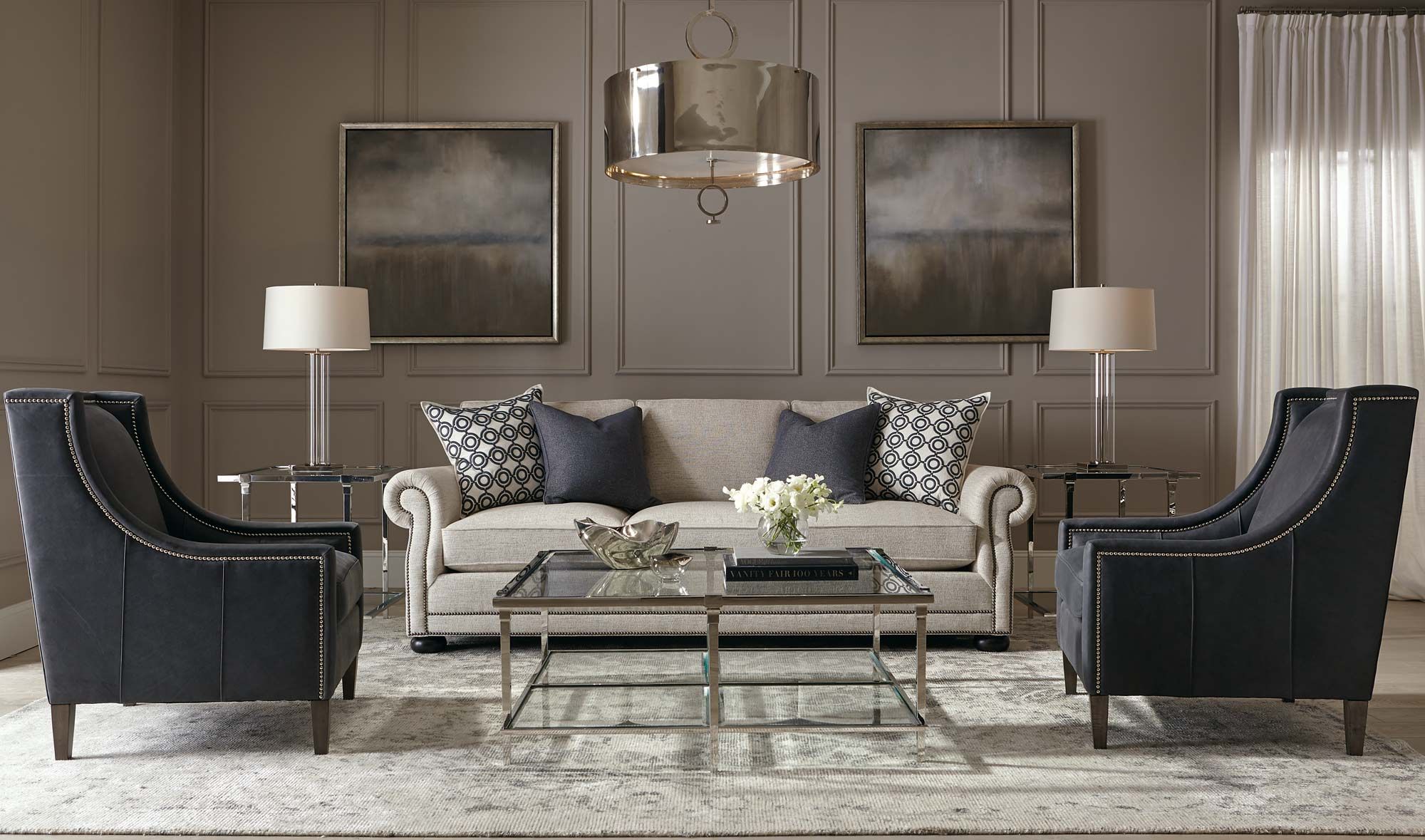Our Furniture
Whether you’re looking to redecorate an entire room or find a beautiful piece of furniture, you’ll be inspired by the variety of styles available at ETC for the Home. From traditional to contemporary to eclectic, we have what you’re looking for at a price for any budget.
Shop our vignettes filled with welcoming sectionals, comfortable recliners, industrial coffee tables, upholstered headboards, TV consoles, and a wide range of unique accent furniture pieces.
Traditional
Traditional interior design draws inspiration from 18th and 19th Century England and France.
Hallmark traits of this style include dark wood with ornate detail, a neutral color palette with conservative patterns, and matching pieces to keep consistency throughout.
Modern
Modern design has made its mark on our homes since the mid-20th Century in the United States.
It is particularly known for its clean lines, and smooth surfaces. The modern sleekness values large art pieces as decor, rather than nic-nacks. When decorating a modern space, pay attention to colorful accents for a neutral background.
Contemporary
Often confused with its modern sibling, contemporary styles are constantly changing and evolving with current trends.
Right now, this style is light and airy, with softer edges than modernism. Look for mixed materials and exposed construction when designing your contemporary home.
Modern Farmhouse
Made mainstream within the last five years (thanks to HGTV, mostly), the modern farmhouse style is a nice reminder to return to simplicity in the home.
Shiplap, barn doors, and wide plank floors are key here. Traits also include mixing metals, contrasting between white and black, and lots of greenery and a connection to nature.
Eclectic
Eclecticism began in 19th Century France, but has since grown in popularity within the last few years.
It thoughtfully combines cultures, patterns, and saturated colors. While still following principles of design, it finds risk in animal prints, leather, and metallic golds. This unique style brings a fun twist on old pieces with a contemporary flare.
Industrial
Industrial interior design started during the Second Industrial Revolution when vacant buildings became inhabited.
If you like exposed structures, like rustic beams, pipes, and brick, then industrial design might be for you. When coming into ETC, pay attention to mixed metals, unfinished furniture, and antique pieces.
Transitional
Transitional styles originated during the 1950s as a response to distinctly modern interior design.
As hinted by the name, this style is a transition between modern and traditional. It includes many textures and cushions, large furniture, and focal-piece lighting. The color is mostly neutral with accents of a single color.
